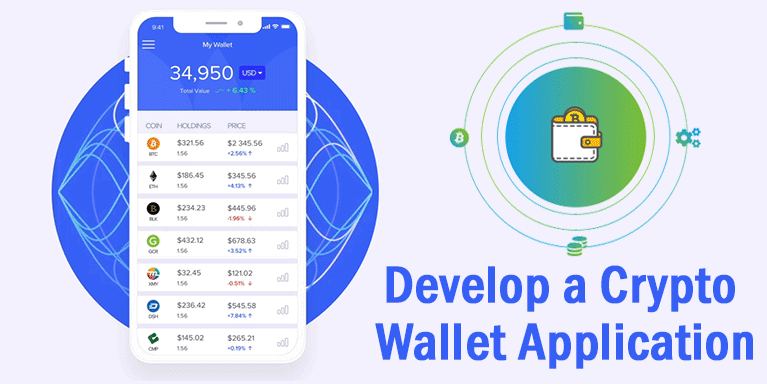Blockchain is a technology that binds many things such as cryptography, decentralization, distributed digital data record at its backend. Being a decentralized, open-source network, it renders data storage and traceability of transactions much more efficient.
As it has earned a high value and attention from the business world in the last few years, the adaptation of cryptos in industries is becoming more likely now.
Making an advanced move, many industry giants such as Amazon, Microsoft, Expedia, WordPress, and Bloomberg have already started taking payments in cryptocurrency. They have made this technology a part of their services and operations as well.
Table of Contents
Advantages of Cryptocurrency Payments

The transactions are also cheaper
No centralized bank, regulatory or government controls cryptos, it is fully decentralized.
The transactions are encrypted and anonymous to the hilt.
The security level in crypto transactions is much better than that of fiat.
Let’s talk about the security, first of all, it is notable that the blockchain networks can only be accessed using a private and public key. It means that other than you, no one can lay his/her hands on your money.
Another unique feature is the integration of a user digital signature. Its function is to record the data on the ledger and to make it indelible and immutable. It means that you will be able to check all the entries made into the network and there will be no hidden transactions.
Despite all these features and advantages, cryptocurrency is having a hard time establishing its place in the market. The price has recently seen a slump and it hasn’t been able to recover fully. Such volatility instills fear in the minds of those who believe in this technology.
Related : How Much Does it Cost to Develop Cryptocurrency Wallet App?
But there is a silver lining as many service providers are inducting it as a primary mode of payment. Therefore, it won’t be wrong to say that the digital coins will gradually become a part of our mainstream industries.
And it is also easy to buy, sell and exchange using the digital wallets. Thankfully, every service that comes with a crypto payment option also makes the wallets available. This is highly beneficial for adapting crypto in different businesses.
As the technology is slowly making inroads into the markets, its adaptation is also getting easier. The number of developers is increasing globally and they are providing coins and wallets both to various businesses as per their requirements.
Usually, a crypto wallet is expected to have the following features:
- Multi-Crypto Support
- User Authorization
- Private keys for the user
- Wallet Mechanism
- Conversion Rates
- Push Notifications
- View balance at any time
- Back and Restoration
- QR code scanner
Choosing the technology for development
If you are going to make your crypto wallet application you need to keep in mind that it should be compatible with all the platforms. These applications are now accessible on phones and you need to make sure that the wallet works on iOS and Android both.
The use of programming languages such as Java or Node.js is quite prevalent in the process of development. Besides that, you also have to take advantage of libraries which are very useful in inducting different features. You have to direct the development for creating two types of wallets.
Multi-Currency Crypto Wallet Android
When it comes to frontend development, you need to focus on React or Angular. Besides them, React Native has recently become very popular among developers. You can create dynamic interfaces easily while saving a lot of costs.
Another benefit of using React Native is that it lets your platform compatible with both the platforms.
You also have to consider the technology stack which makes blockchain wallets more relevant for the users. Its backend can be created with the help of Clojure, Java, and Node.js while the frontend and database could be done with AngularJS, and MySQL respectively.
The tools used in the process of development differ from platform to platform. For apps compatible with iOS, developers choose JSBridgeWebView, and Storyboards, while for Android, the preferred tools are Apache Commons, Junit, and Gradle.
It is always recommended to create an MVP (minimum viable product) to check the feasibility of the app and then make implement it afterwards.

